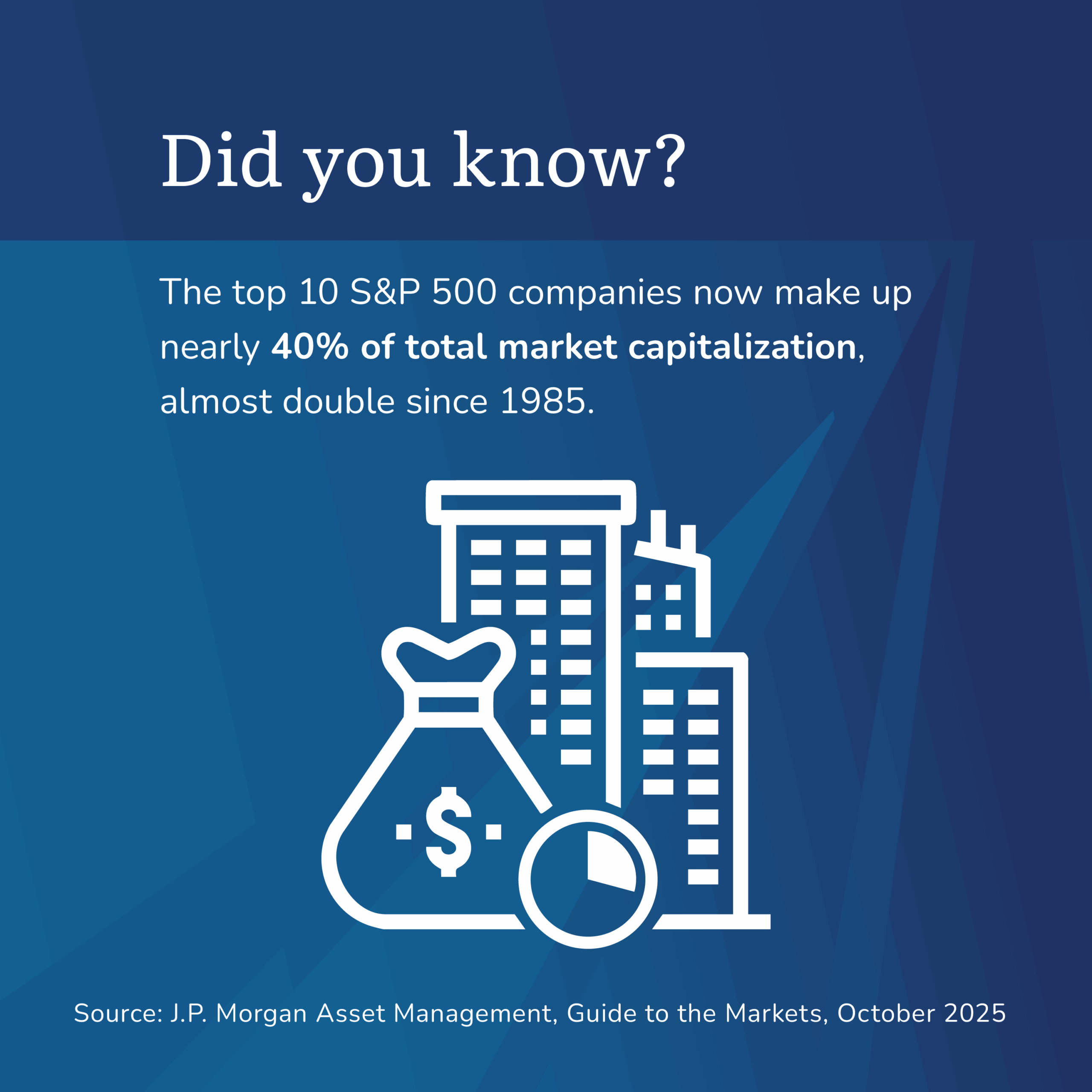The Titanic: The Future Ain’t What it Used to Be
We’ve seen the warning on every investment site, in every prospectus, in every description of every mutual fund ever peddled: “Past performance is not indicative of future returns.” So it amazes me how many investors base their expectations for future investment returns on past market returns. Some base it on long-term historical returns because a long history seems to imply some statistical comfort. Others focus on more recent returns. Both approaches are recipes for disaster.
Bob: Hello, Harold.
Harold Evensky: Hi, Bob. We haven’t talked in . . . gosh, let me check my watch. How have you and Mena been doing these last few days?
B: Harold, this is no time for small talk. I’ve been watching the markets.
HE: Like everybody else, I suppose. I can’t seem to find a channel on television that isn’t talking about the run-up in stocks.
B: Harold, it’s taken me awhile to catch on but this is a great market!
HE: And that’s what you called to tell me?
B: Look, I know I’ve been somewhat conservative about investing in the past.
HE: That may be an understatement. You think CDs are risky investments.
B: You never know when a bank is going to fail at just the moment when the FDIC fund is— Well, anyway, that’s not why I called. I’ve been watching stocks go up and up and up, and I think I’m finally convinced that the stock market is where I need to put my retirement money.
HE: Let me have a look at your portfolio. Right now you have about 23.8 percent of your total assets in the stock market, and I remember having to twist your arm a few years ago to get you to go that high. So what kind of an increase are we talking about? Thirty percent? Thirty-two percent?
B: All of it.
HE: All of it? You? The fellow who remembers the Tech Bust and Grand Recession as if it were yesterday, wants to go all-in on stocks?
B: What’s the problem? Stocks have been going up for the last five years. I know a trend when I see one.
HE: Bob, before you take this flying leap, could we talk for a minute? I’d like to get your advice on something that’s been bothering me for a while. We can get back to your investment idea in a minute. Okay?
B: Sure.
HE: I’ve just finished reading a couple of economic studies by researchers for whom I have a lot of respect. They discuss the extraordinarily high market valuations based on price-to-earnings and price-to-book ratios in the markets today.
B: I think I know what those are. Price-to-earnings is called the P/E ratio. That’s the stock price divided by the last twelve months’ earnings and it tells you how expensive the stock is compared to what the firm is earning. Price-to-book is the P/B ratio and it’s the company’s stock price divided by the company’s book value. It tells you how much you’re paying per share for every dollar of company book value.
HE: That’s good. A lot of investors would have no idea what those terms mean. Anyway, when you look at all these P/E and P/B ratios across the entire market, it looks as if stocks are very expensive compared to long-term values. —
B: So that means I’ve made a lot of money, and so have your other investors, right?
HE: I guess that’s one way of looking at it. It’s also yesterday’s story. My challenge is that to calculate how much you and everybody else needs to save to have a reasonable probability of being able to afford retirement, I have to come up with an estimate of what kinds of returns you’ll get in the future. We call it “future market return assumptions.”
B: I don’t understand why that’s a problem. Can’t you just base your projection on an average of what the markets have done in the past?
HE: I wish it were that predictable. Of course, I could do that. Unfortunately, there’s no reason to believe that calculation would provide a reasonable “guesstimate” of future returns. I have to come up with a number I can believe in. When my clients are ready to retire some years down the road, having relied on that number, they need it to be right—or they can’t retire.
B: Okay, so how can I help you?
HE: Tell me what you think about this: I look at today’s valuations and the research, and everything tells me that the investment future cannot possibly be as rosy as it has been throughout the last couple of decades. So I’m sitting here at my desk telling myself that it’s time to stop futzing around and acknowledge that, despite what financial headline writers seem to think, I believe they’re being way too optimistic in estimating future market return assumptions. And I need to tell my clients that.
B: They’re not going to like hearing that.
HE: Tell me about it. Why do you think I’ve put it off so long?
B: You do have a problem.
HE: I have to come up with a way to decide what numbers to plug into my fancy Monte Carlo software—and all the other sophisticated software I have on my desktop.
B: You know, Harold, maybe I’ll wait a week or two while you look into this thing that’s bothering you before I commit totally to the stock market. In fact, you know what you should do? Write an article about it. You’re a good writer.
HE: I like that idea. I could call it “Heading for Disaster? The Assumptions Advisors Use for Investment Planning May Threaten Their Clients’ Future.”
B: Perfect title. And when you’re finished with your research, we can revisit my portfolio.
HE: It’s a deal.
[Two weeks later]
B: Hello, Harold.
HE: Hi, Bob. What’s happening?
B: I was wondering if you’ve gotten around to writing that article yet. I noticed the market went up again yesterday, and I was thinking maybe I’m in danger of missing some of the upside of this bull market thing.
HE: Yes, your timing is perfect. I did write the article, and I submitted it yesterday. My research confirmed my gut feeling that the assumptions that I (and most practitioners) have been using for our planning are much too optimistic. I’m more convinced than ever that returns for many decades in the future could easily be significantly less than investors have enjoyed over the past seventy years.
B: So does that solve your problem?
HE: Not quite. Now I have to decide two things: What is the significance of lower returns for investors? And what should I do about it?
B: What have you concluded so far?
HE: That I still have more work to do, so I’m back to the drawing board. I’ve done some preliminary research and have an idea, but I need to give it some more thought. I’ve rearranged my schedule for the week so I’ll have time to concentrate on this issue.
B: Sounds good. Mena and I will be taking a cruise soon so I’ll touch base with you when we return.
HE: Have a great cruise and give me a call when you’re back and catch your breath. We can then do some planning looking to the future and not the past.
Bob returns from his cruise in the next chapter and the story continues.
This blog is a chapter from Harold Evensky’s “Hello Harold: A Veteran Financial Advisor Shares Stories to Help Make You Be a Better Investor”. Available for purchase on Amazon.
How can our investment strategies grow your wealth?
Categories
Recent Insights
-

The OBBA §179 Deduction: Conversations Every Business Owner Should Be Having
It’s all the buzz… Congress passed another “new law” — the One Big Beautiful Bill Act (OBBBA). In it, major changes to the OBBA §179 deduction start in 2025. For small and mid-sized businesses, this could result in significant tax savings and better cash flow when investing in equipment, technology, or improvements. Forget all the…
-

Collaborative Divorce: Navigating Legal and Financial Decisions with Clarity
Divorce can be one of life’s most challenging transitions, affecting both emotional well-being and financial stability. How the process unfolds can influence your future for years to come. Collaborative divorce offers an approach that emphasizes clarity, control, and cooperation. While it may not be right for everyone, it provides a structured path for families who…
-

Giving Back—and Giving Forward: A High-Level Look at Charitable Lead Trusts
For families and individuals who want their wealth to reflect their values, estate planning is about more than numbers—it’s about purpose. Many seek ways to have a lasting philanthropic impact while also ensuring their loved ones are supported for generations. A Charitable Lead Trust (CLT) is one strategy that can help accomplish both. Real-Life Scenarios:…
-

Talk Your Chart | Artificial Intelligence, Global Markets, And What Really Drives Returns | Ep. 73
In Episode 73 of Talk Your Chart, Marcos and Brett begin by diving into the ongoing debate about Artificial Intelligence (AI) and its potential as a market bubble. They explore the real-world implications of AI for the economy, industries, and global markets. Drawing on historical market comparisons, such as Alan Greenspan’s 1996 warning about “irrational…
-

Heads or Tails: Navigating Pet Custody During Divorce
Divorce is rarely easy, and when pets are involved, it can become even more emotionally complex. For many couples, deciding who gets custody of a pet can be as heart-wrenching as dividing financial assets or determining child arrangements. Legally, pets are considered property in most states—but emotionally, they’re often family. That disconnect between law and…
